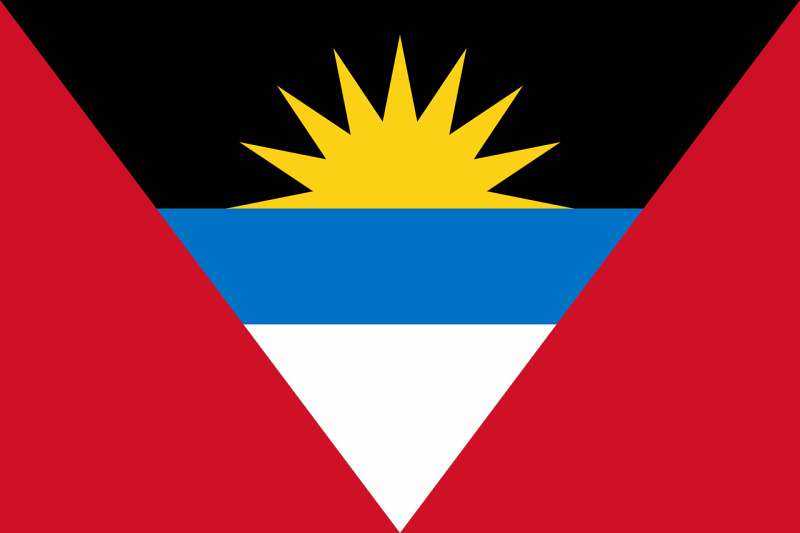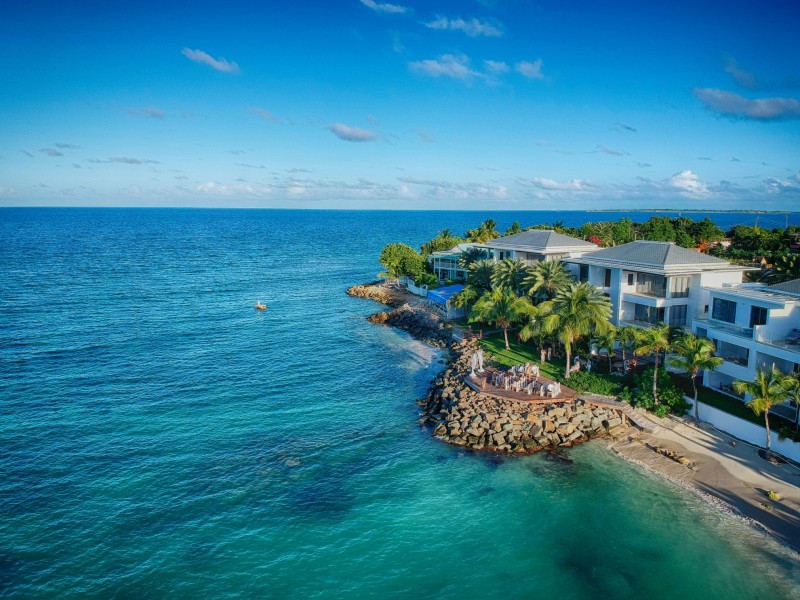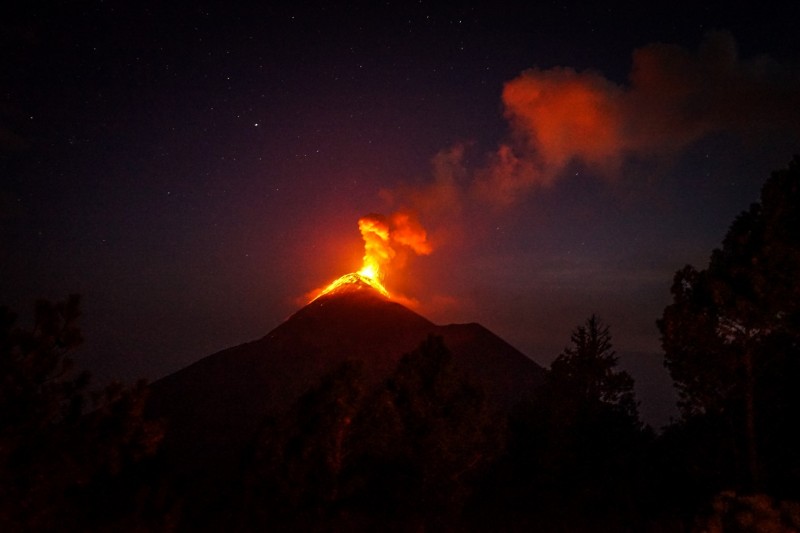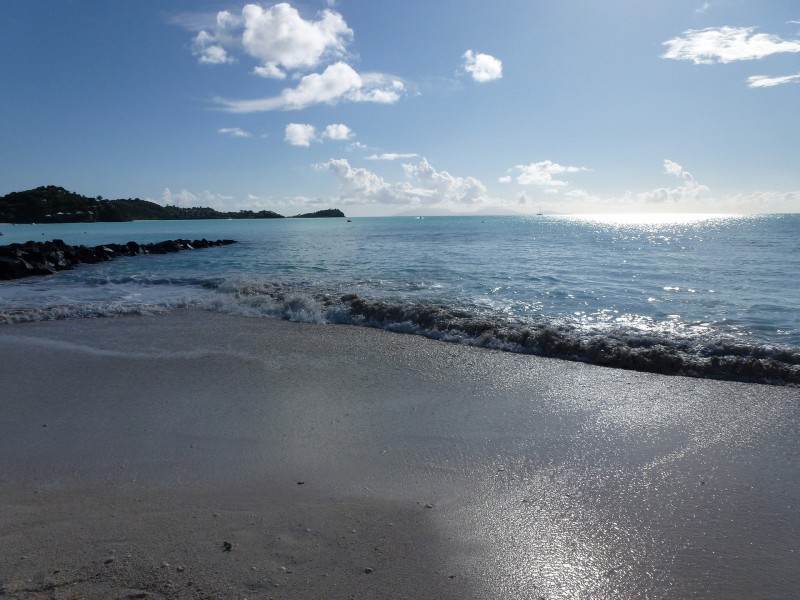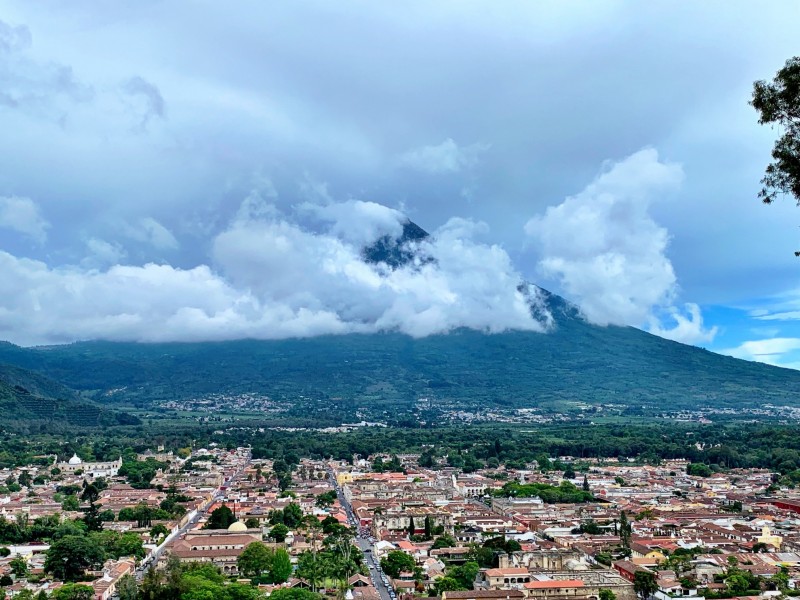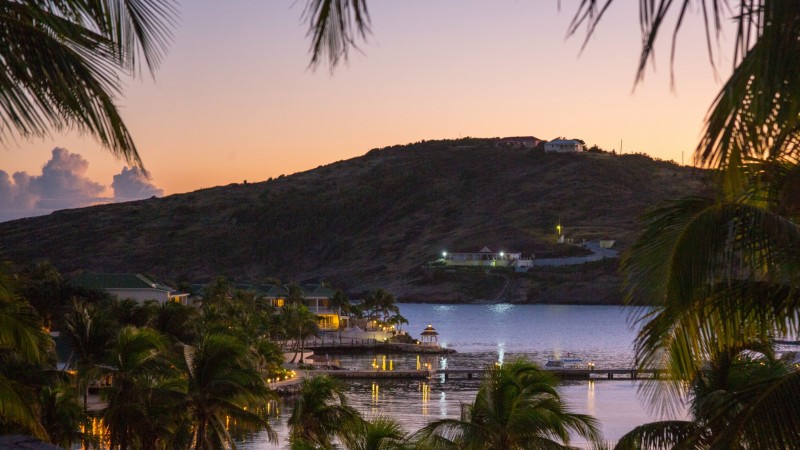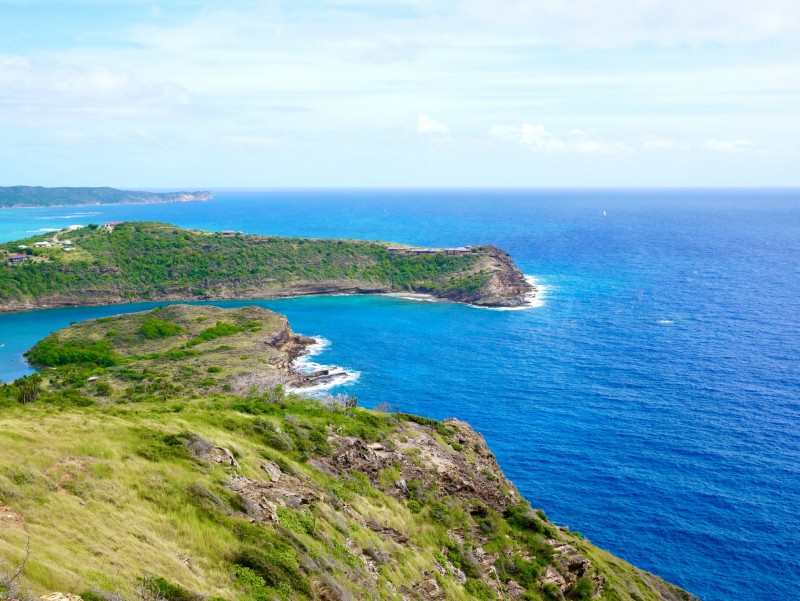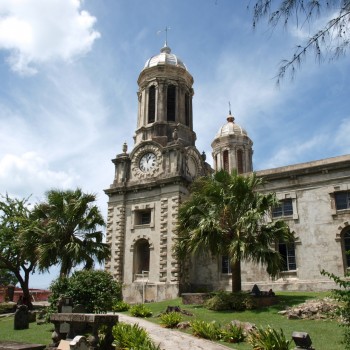Antigua and Barbuda
Antigua and Barbuda
Capital city description
St. John's is the capital city of Antigua and Barbuda. St. John's is a well-developed city with a thriving fashion industry and several shopping malls and boutiques distributed throughout the city. Haute-couture clothing and designer jewelry stores sell their valuable collection to a large number of tourists visiting the city. The capital of Antigua and Barbuda is also a significant tourist destination. The city's skyline is dominated by the white baroque towers of St. John's Cathedral. St. John's houses several museums, including the Museum of Antigua and Barbuda and the Museum of Marine Art, a small facility that contains fossilized bedrock, volcanic stones, petrified wood, a collection of more than 10,000 shells, and artifacts from English shipwrecks.
The Botanical Garden is near the intersection of Factory Road and Independence Avenue. This small park's shaded benches and gazebo provide a quiet refuge from the bustle of activity of St. John's.
Climate
The climate in Antigua and Barbuda is tropical, hot, and humid all year round, with a relatively cool, dry season from January to mid-April and a hot, humid, and rainy season from mid-June to mid-November.
In the cool and dry season, the northeast trade winds, typical of tropical climates, blow steadily and with moderate intensity. In contrast, in the hot and rainy season, these winds are more irregular and may have some breaks, increasing the feeling of sultriness.
Languages spoken
English is the official and widely spoken language in Antiqua and Barbuda.
Fun/Fascinating Facts
- There are no permanent rivers on any islands, and Antigua is the only island with three streams.
- The shorelines of both islands are greatly indented with beaches, lagoons, and natural harbors. Reefs and shoals rim the islands.
- Codrington Lagoon National Park in Barbuda has one of the world’s enormous colonies of frigate birds – and the largest in the western hemisphere – with over 2,500 birds roosting there.
- Thanks to its tourism industry and offshore financial services, Antigua and Barbuda is one of the Caribbean’s most prosperous nations.
- Pink Sand Beach on the southwest coast of the island of Barbuda is a beautiful natural attraction.
Unique Customs/Traditions
- The national dish of Antigua And Barbuda is fungie, which is primarily made of cornmeal and is similar to polenta. Seasoned rice, lobster, saltfish, and ducana (sweet potato pudding or dumplings) are also widely consumed. Peanut brittle, Tamarind and raspberry stew, and sugar cake are famous local confectionaries.
- Alcoholic drinks famous on the island are Wadadli beer, malts, rum. Popular local drinks include Tamarind, guava, mango, raspberry juice, seamoss, mauby, coconut milk, and ginger beer.
- You will not meet a drunk resident despite free access to alcohol (both strong and low-alcohol drinks are produced everywhere). The appearance of a drunken person on the street is regarded almost as an emergency event that violates public peace. A tourist who has drunk too much may be denied further service in bars and restaurants. Smoking is allowed almost everywhere.https://www.orangesmile.com/
- Cricket and association football are the two most popular games played by islanders. Antigua and Barbuda has both a national cricket team and a national football team.
Popular universities
| Name | Description | |
|---|---|---|
| American University of Antigua | The American University of Antigua is a private higher education institution located in the large town of Coolidge. American University of Antigua (AUA) offers courses and programs leading to officially recognized higher education degrees such as bachelor's degrees in several areas of study. | |
| University of Health Sciences Antigua | University of Health Sciences Antigua (UHSA) is a for-profit private higher education institution located in the rural setting of the small town of Dow Hill. The University of Health Sciences Antigua (UHSA) is an outstanding academic institution dedicated to educating exemplary physicians, nurses, postgraduates, and researchers according to the highest professional standards that will integrate clinical, biomedical, and behavioral knowledge to promote the health and well-being of patients and communities. | |
Festivals & Events
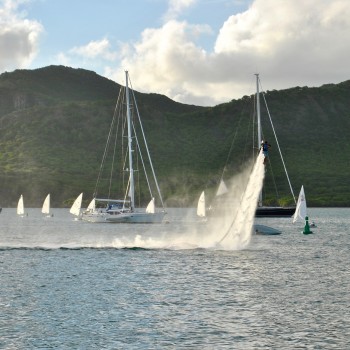
Waddali Day
Date: February
Waddali Day is an annual celebration of Antigua and Barbuda’s culture each February at St John’s Botanical Gardens.
The Wadadli Day parade ends at a bustling outdoor fair where food, drinks, and handmade crafts are sold in the background of live dancing and music.
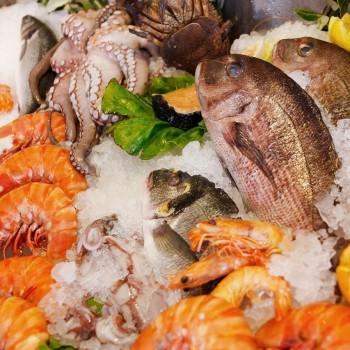
Seafood Festival
Date: April
Held in April, the annual Seafood Festival was founded to promote Antigua and Barbuda fishers and vendors. The festival is an Antigua and Barbuda tasty and entertaining tradition, with music, great food, arts and crafts, and has grown into a much larger event, complete with craft booths and live musical performances.
During the festival, the children have their fishing competition and bouncy castle. At the same time, visitors of all ages can take relaxing boat rides around Carlisle Bay or watch the exciting mango-eating match.
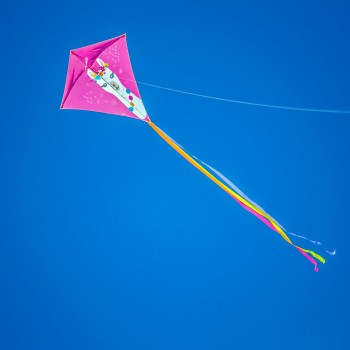
A & B International Kite Festival
Date: April
A & B International Kite Festival is a Kite flying festival held every Easter weekend in Antigua and Barbuda. The sunny Antiguan skies are filled with colorful kites guided by young and old. Whether you intend to participate in kite flying or want to be a spectator, it is a great family activity.
Tropikiters Inc. is the organizer of the festival. The focus is to offer a one-of-a-kind "Kiting Vacation" and celebrate the love of kiting in the Caribbean.
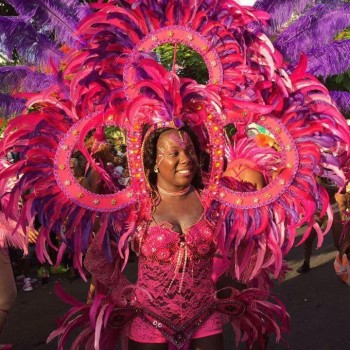
Antigua Carnival
Date: End of July
Antigua's Carnival is a 10-day celebration filled with vibrant costumes, parades, calypso music, and plenty of partying. It is a celebration of the emancipation of slavery in the country held annually from the end of July to the first Tuesday in August.
The festivities, which celebrate freedom, range from the Party Monarch and Calypso Monarch competitions of Calypsonians, the Panorama steel band competition, and the spectacular Parade of Bands to the Miss Antigua Pageant and the Caribbean Queen's Competition.
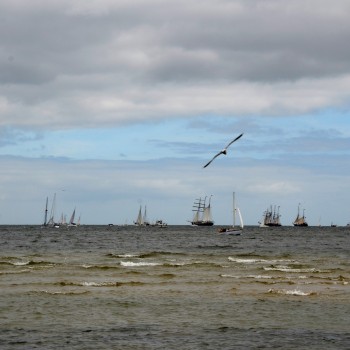
Antigua Sailing Week
Date: April and May
Antigua Sailing Week, held between late April and early May, is one of the world’s most prestigious sailing regattas and a week-long celebration filled with live music and life stories shared each afternoon at happy hour at the Nelson’s Dockyard. The event includes a formal black-tie ball and separate ocean-racing boats.
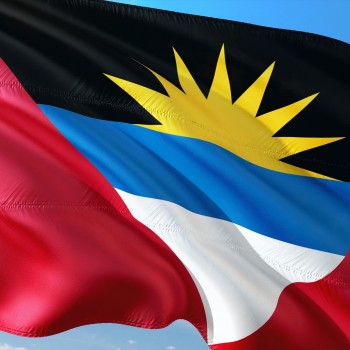
Independence Day
Date: November 1
Antigua and Barbuda celebrated Independence day on November 1, 1981. The islands have marked the day with noisy celebrations filled with chiming church bells and blaring sirens.
All government buildings and schools are decorated bright yellow and red during the two weeks prior, and the streets are filled with parades, music, food fairs, and galas for at least a week before.
Attractions / Top Sights
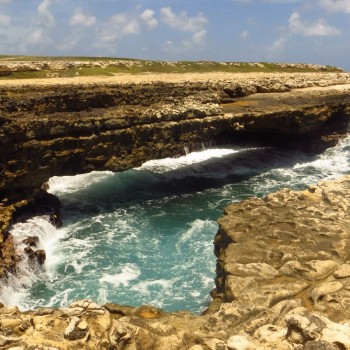
Devil's Bridge
When to visit: January to April
Devil's Bridge, located outside the village of Willikies, offers a stunning glimpse into Antigua's natural formation. It is a natural arch carved by the sea from soft and hard limestone ledges of the Antigua formation, a geological division of the flat north-eastern part of Antigua.
A bridge was created when a soft part of the limestone was eroded by the action of Atlantic breakers over countless centuries. The surrounding area contains some of Antigua's most ruggedly beautiful landscapes.
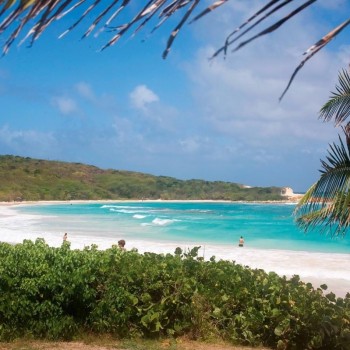
Half Moon Bay
When to visit: January to March
At the southeastern end of Antigua, Half Moon Bay is fringed by one of the Caribbean's best beaches. This idyllic crescent of fine white sand and azure sea, backed by natural foliage, is protected by a reef and offers excellent snorkeling on calm days. When the wind is up, the surf can be rough.
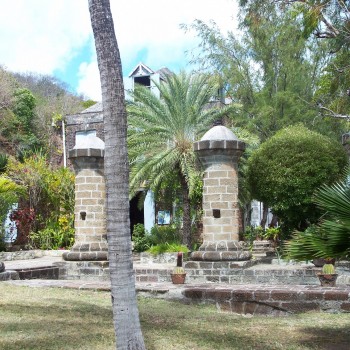
Nelson’s Dockyard National Park
When to visit: March to May
Nelson’s Dockyard National Park in Antigua and Barbuda is one of the biggest national parks and the world’s only Georgian dockyard that still welcomes vessels worldwide. The dock and surrounding buildings have been well-preserved to their original 18th-century glory as the only eastern Caribbean harbor whose size allows naval ship repairs.
The dockyard was renamed in the 1950s after Captain Horatio Nelson, who enforced British law in Antigua between 1784 and 1787. The former Admiral’s home now houses a fascinating museum about the dockyard’s history. At the same time, the restored military lookout of Shirley Heights offers beautiful panoramic views of Antigua during the day and the island’s liveliest parties on Sunday evenings.
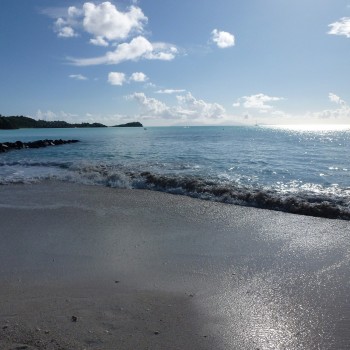
Dickenson Bay
When to visit: May to September
Dickenson Bay is one of Antigua's most famous and beautiful beaches in the far northwest of Antigua. Protected by an offshore reef, the bay is excellent for swimming.
Resorts and restaurants line this mile-long stretch of powdery white sand and offer a full range of water sports; renting booths can find everywhere for other aquatic activities, including jet-skiing, snorkeling, and kayaking. The bay is also the hub for Antigua's windsurfing scene.
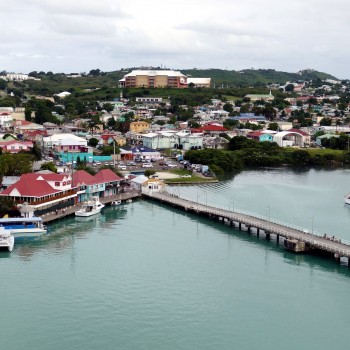
St. John's
When to visit: January and February
St. John's is one of the most developed and cosmopolitan municipalities in the Lesser Antilles. The city is famous for its shopping malls and boutiques throughout the city, selling designer jewelry and haute-couture clothing.
St. John's attracts tourists from the islands' resorts and the cruise ships that dock in its harbor at Heritage Quay and Redcliffe Quay several times a week.
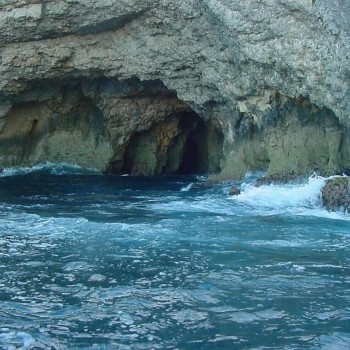
Darby’s Cave
When to visit: January to April
Darby’s Cave is one of the fascinating natural features of Barbuda. It is located three and a half miles northeast of Codrington Village. It is not an actual cavern but a vertical-sided sinkhole formed by solution below-ground and subsequent collapse.
The cliffs are about 70 ft high, and the hole is about 350 ft in diameter. One side of the sinkhole is undercut by a full 30 ft. hence the name “cave.”

Barbuda's 17 Mile Beach
When to visit: In spring and fall
Barbuda's 17 Mile Beach is one of the most favored beaches in Antigua and Barbuda due to its stunning stretch of coast. Lapped by pale aqua seas, this lovely stretch of pink-tinged sand separates the Barbuda lagoon from the Caribbean Sea.
Strolling along these sublime shores is one of the most famous things to do in Barbuda. The sand is soft as flour, and the surprisingly remote area of 17 Mile Beach is the perfect spot for a quiet and secluded stroll or a picnic on the beach.
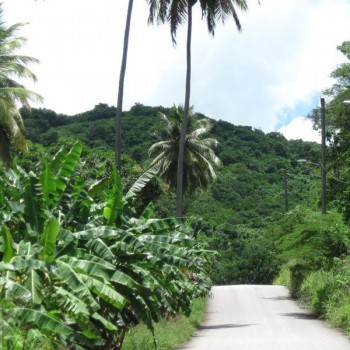
Fig Tree Drive
When to visit: In spring and fall
This panoramic drive offers a glimpse of local life. Along Antigua's southern coast, Fig Tree Drive winds through rainforest, farmlands, and fishing villages. Banana trees (called "figs" by the locals), mango trees, and coconut palms dot the landscape and the ruins of sugar mills.
The Fig Tree Studio Art Gallery sells vibrant local art along the route. If you're looking for something more active, stop by Antigua Rainforest Zipline Tours for an exhilarating canopy tour.
.jpg)
Mount Obama
When to visit: In spring and fall
Located in the southwestern part of the island of Antigua, Mount Obama mountain is considered the highest point in the country. Its height is 409 meters.
From the top, there is a majestic view of the nearby islands of Guadeloupe and Montserrat.















